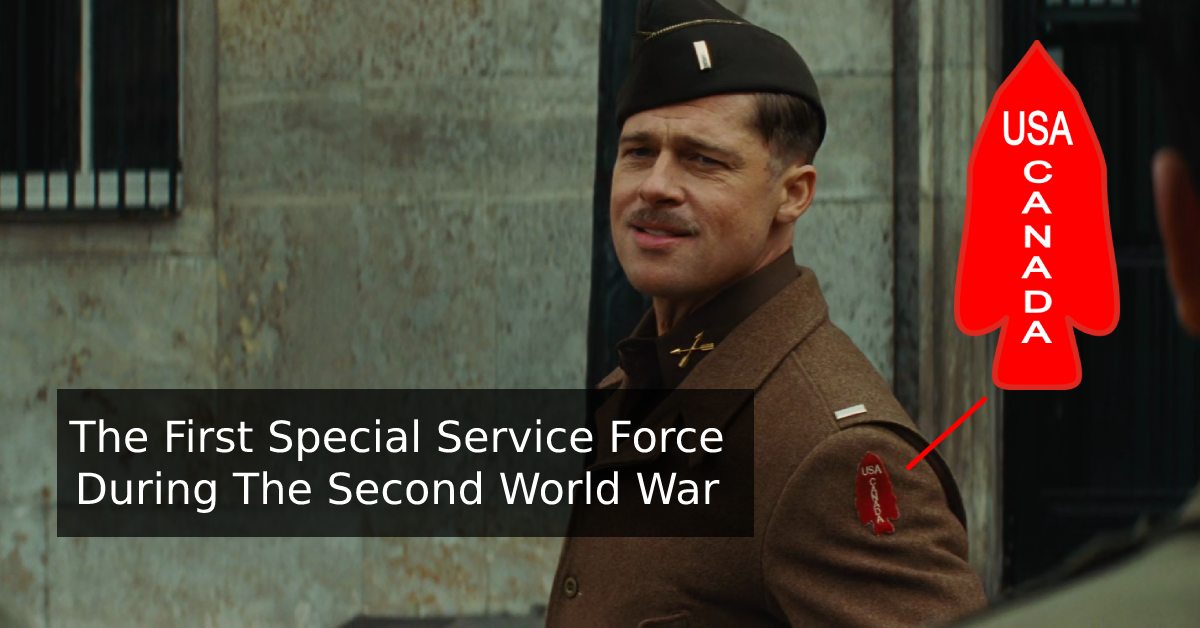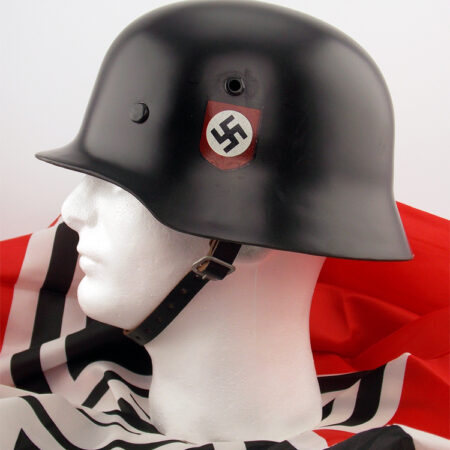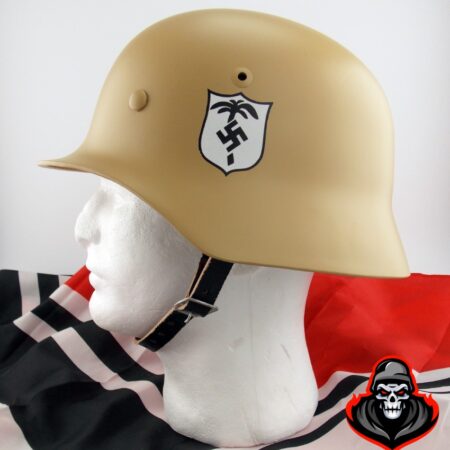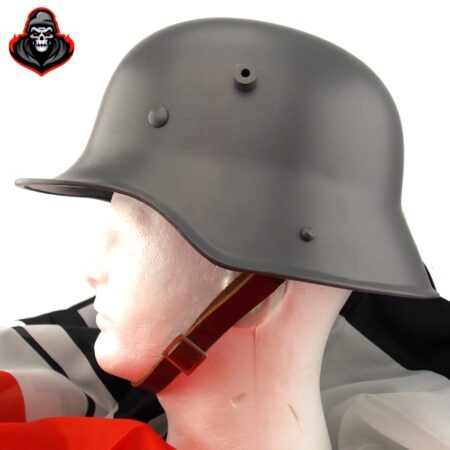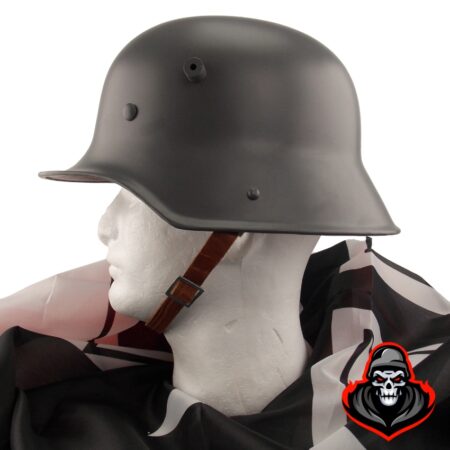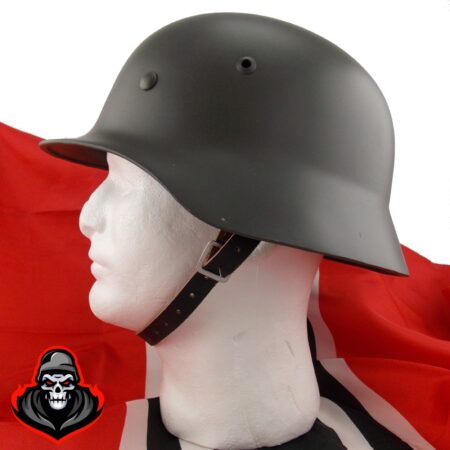From America and Canada to Alaska, Italy and France: The First Special Service Force During the Second World War
When the United States was dragged unceremoniously into the Second World War following the Japanese attack on Pearl Harbor and the Philippines in December 1941, it was way behind in terms of its special operatives’ capabilities. Already by that time Britain had been sending crack units of commandos to coastal sites in Norway, France and other countries to target Nazi installations since late 1940. Therefore Uncle Sam had a lot of catching up to do. Much of this, in the early stages of US involvement in the war, would be undertaken through the First Special Service Force.
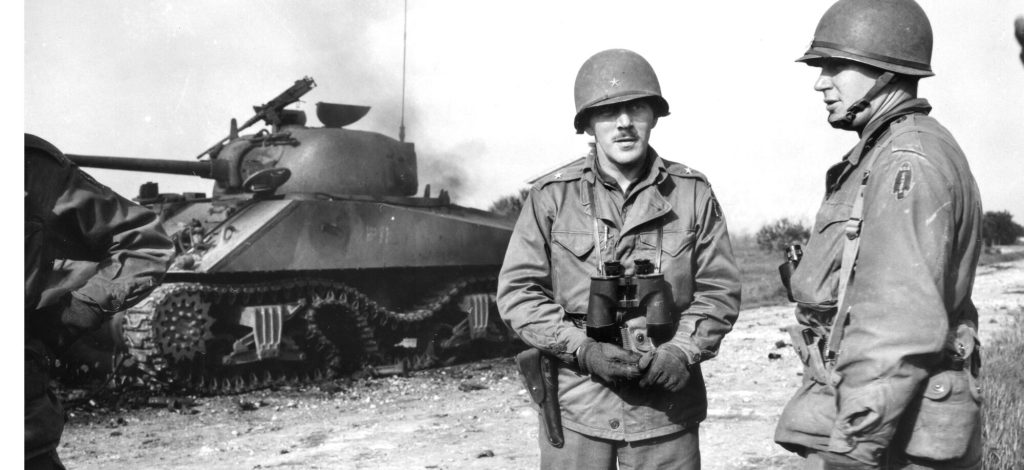
The origins of the First Special Service Force can be traced to the visit of General George Marshall, Chief of Staff of the US Army, to Britain in the early spring of 1942, just over two months after America’s entry into the war. During this sojourn Marshall was introduced to an eccentric British scientist by the name of Geoffrey Pike who had come up with a plan to try to divert hundreds of thousands of German troops from the main arenas of the war to sites in peripheral theatres in Norway and other locales by launching commando raids. It was Pike’s aim that these commando units would use specialized vehicles to launch raids in the winter of 1942 against, for instance, targets in Norway and Romania such as oil refineries and then use these operations to force Berlin to divert massive numbers of troops away from France and Eastern Europe to protect its supply of vital resources. Although the details Pike provided were limited Marshall was intrigued by the plan and returned to Washington with a desire to convince the heads of staff to form a new US commando unit.
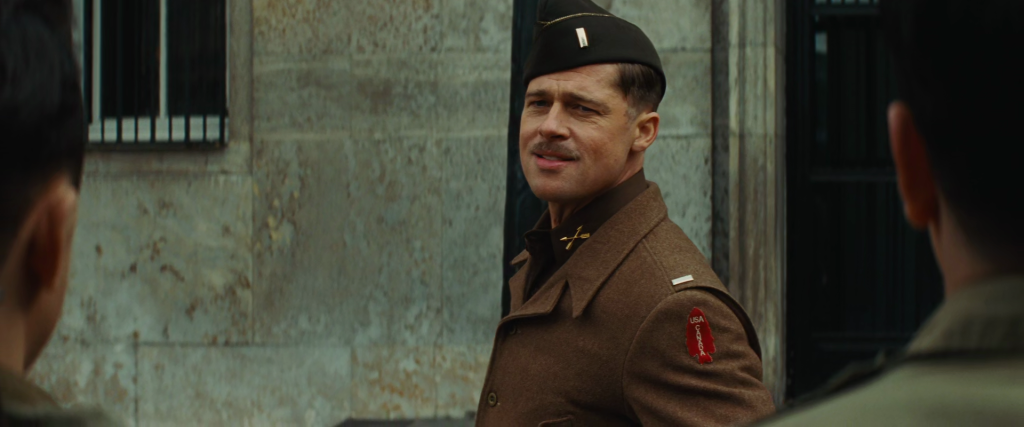
In June 1942 the first elements of the First Special Service Force were formed out of American and Canadian units under the command of Colonel Robert Frederick. Training began at Fort William Henry Harrison near Helena in the state of Montana. Eventually it would consist of upwards of 1,400 troops, of which approximately 60% were Americans and the other 40% were largely Canadians. Although these were to be crack units, their training was rudimentary in many respects. For instance, troops were only given six days of airborne training, meaning that if parachuted into a theatre of operations they would have little experience of what was occurring.
In the end, despite Pike’s earlier plans for missions in Norway and Romania, the First Special Service Force was not brought into operation until the summer of 1943 when they were transferred to Alaska. The Japanese had occupied several of the Aleutian Islands here between the north-western point of America and the north-eastern extremity of Asia in 1942. Two islands had remained in Japanese hands and now the First Special Service Forces were called on to aid in the recapture of the island of Kiska. Nevertheless, this proved a quick, largely abortive campaign, as the Japanese simply abandoned the region once the Americans and their allies made their presence known. As such, even here, a year and a half after the unit had been formed, it was not brought into significant action.
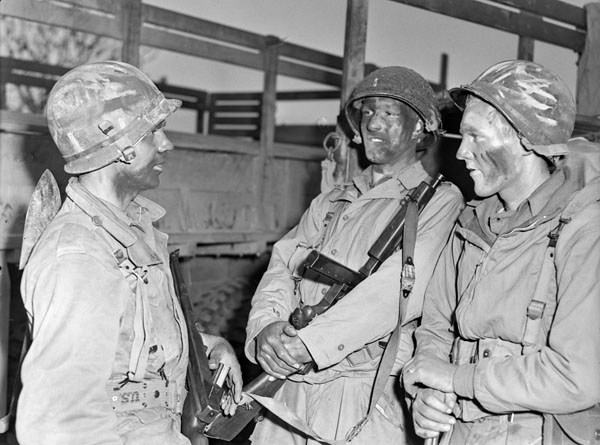

Eventually, in October 1943 the First Special was finally made proper use of. In the summer of that year, having completed the conquest of the Axis powers’ territories in North Africa, the Western Allies had launched a naval invasion of Sicily in southern Italy. The fascist government in Rome had then overthrown its leader, Benito Mussolini, but a German counter-measure followed and Italy became a major front in the wider war. It was here that the First Special was first dispatched to capture some elevated strategic sites on the Monte La Difensa and Monte La Rementanea, which were blocking the Allied advanced into the Liri River Valley in south-central Italy. Here, after Frederick had reconnoitered the 3,000 foot high La Difensa peak, the First Special conducted a night-time raid in early December to capture an elevated position. This was carried out effectively and the route-way was opened up by the First Special towards Cassino on the way from southern Italy to the province of Lazio near Rome itself.
While this commando operation was significant in the winter of 1943, it was followed by weeks of inaction. No special operatives’ missions were decided upon in Italy and the First Special remained without any significant engagement other than some standard unit missions against the Axis front lines south of Rome that winter. Eventually, though, Frederick and his men were redeployed to the Anzio region where a fierce battle was being fought between German and Italian troops and the Western Allies. On this battle, which lasted between January and early June 1944, was the fight for Rome decided. It was here that Frederick’s 1,300 or so troops in the First Special Service Force defended a huge 52 kilometer long perimeter. During this period the First Special engaged in night raids in an effort to locate targets for artillery bombardment and air-bombings. As such, the First Special played a considerable role in the entry by the Western Allies into Rome on the 4th of June 1943. There they secured some of the first bridgeheads over the River Tiber in central Rome.
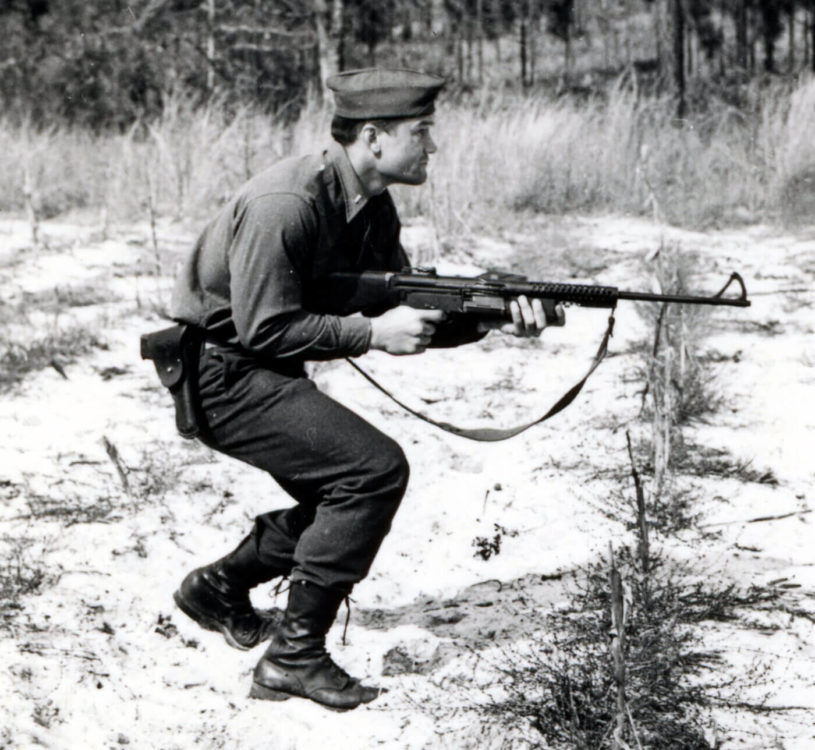
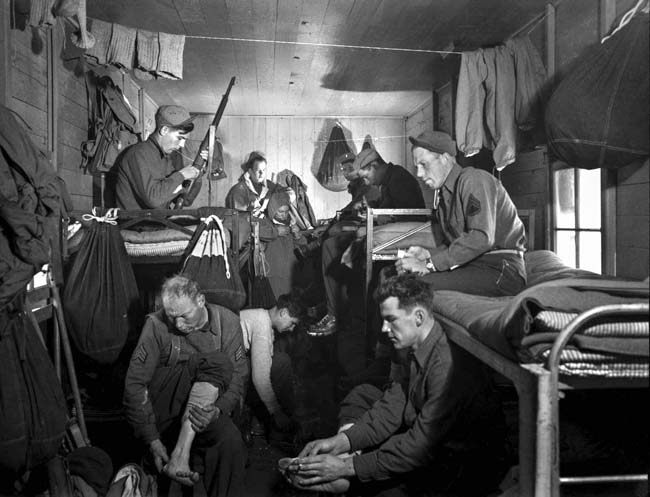
After the Italian campaign the First Special Service Force was sent to the south of France with the goal of seizing major sites there as a southern front was opened not far from Marseilles weeks after the Allies had opened a western front in Europe in the north of France. By this time the unit was under the command of Colonel Edwin A. Walker, who was no stranger to using boats made of rubber to sail to and land on the beaches of Ile de Port Cros and Ile du Levant, islands on the southern coast of France. The Axis garrison there quickly surrendered within 48 hours of the first arrival of the First Special on the shores of these archipelagos.
Within two days the defenders on these small islands had surrendered, a somewhat unsurprising development given their hopeless circumstances. On retreating, though, from this point onwards the unit was badly impacted on and suffered several losses. As a consequence, by early September 1944 the First Special Service Force was massively depleted from the numbers it had when it was created two years earlier. As such, the unit was sent off to serve in a standard capacity along the Franco-Italian border. It served there for three months before being ordered to stand down in the early winter of 1944. It was at this juncture, in December 1944, that the unit was informed that it was to effectively be disbanded and its members would be transferred to other units. Thus ended the short, but significant, life of the First Special Service Force.
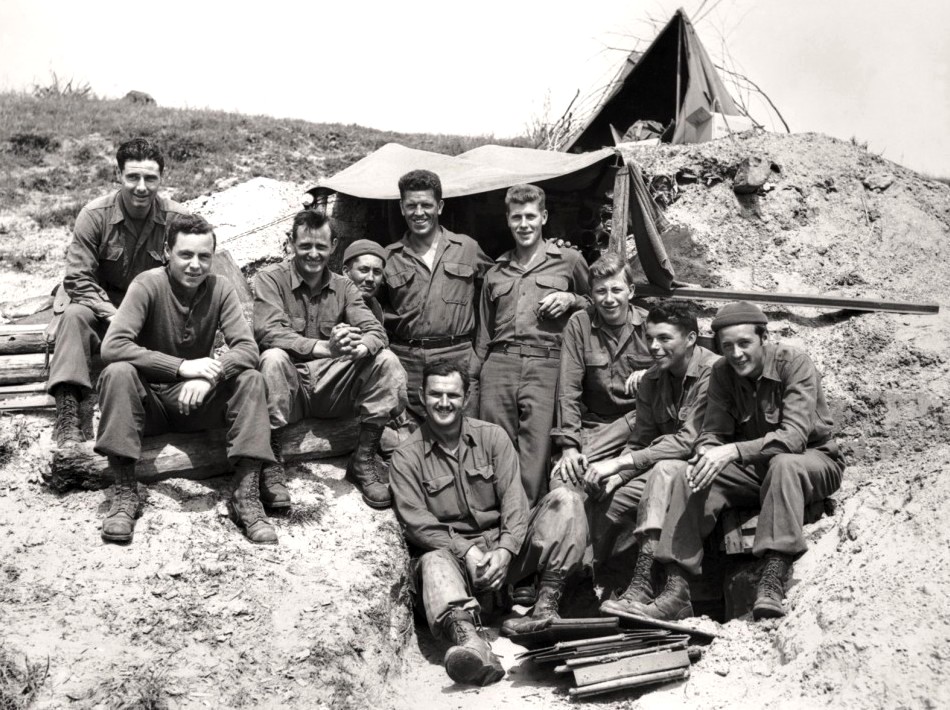
Front to rear: Lt. T.C. Grodon of Welland, Ont., S/Sgt. A.C. Mack of Pittsburgh, Kansas; Sgt. W.E. Watson of Hamilton, Ont. [of Special Service Force.] 3397562

